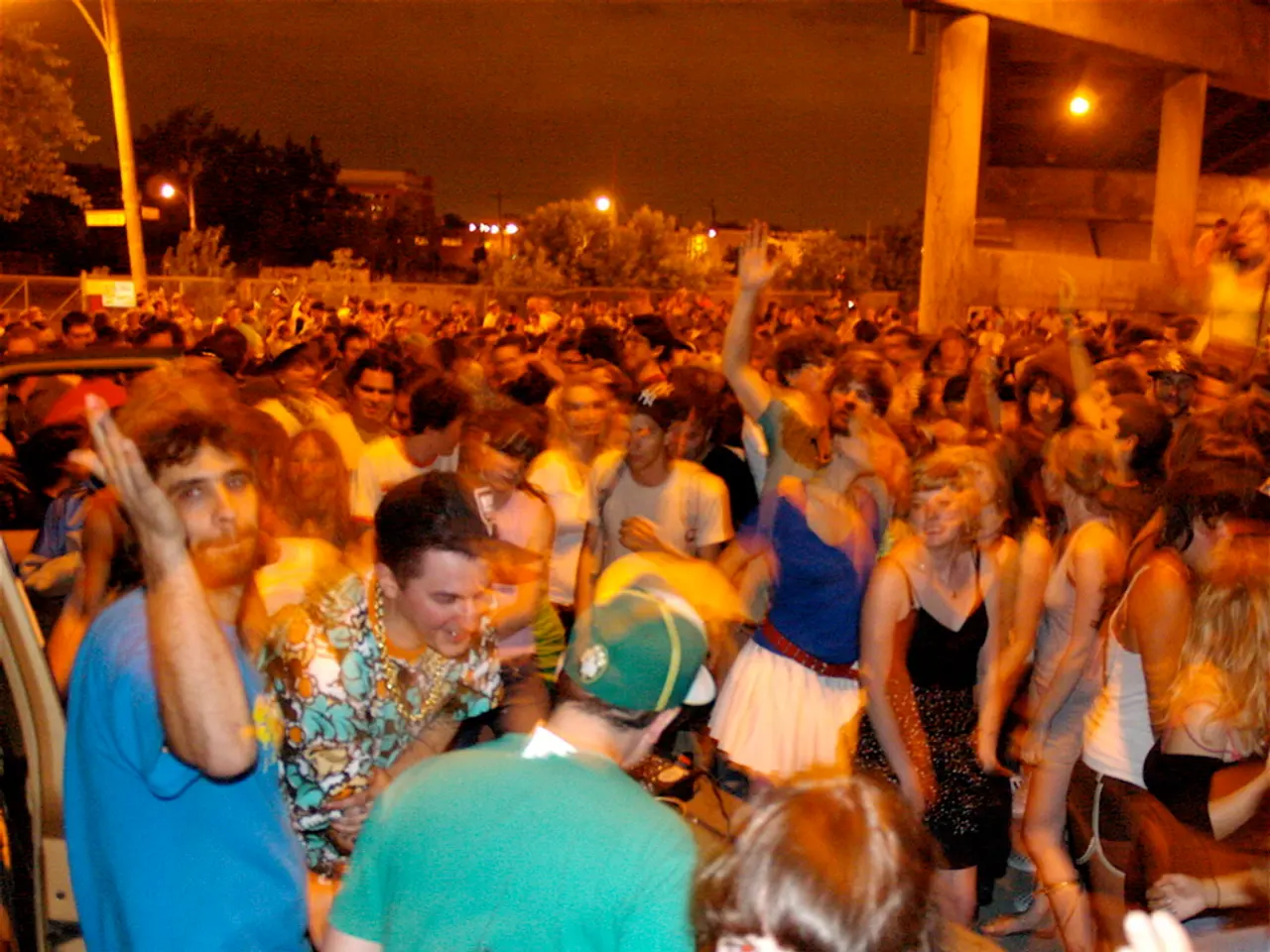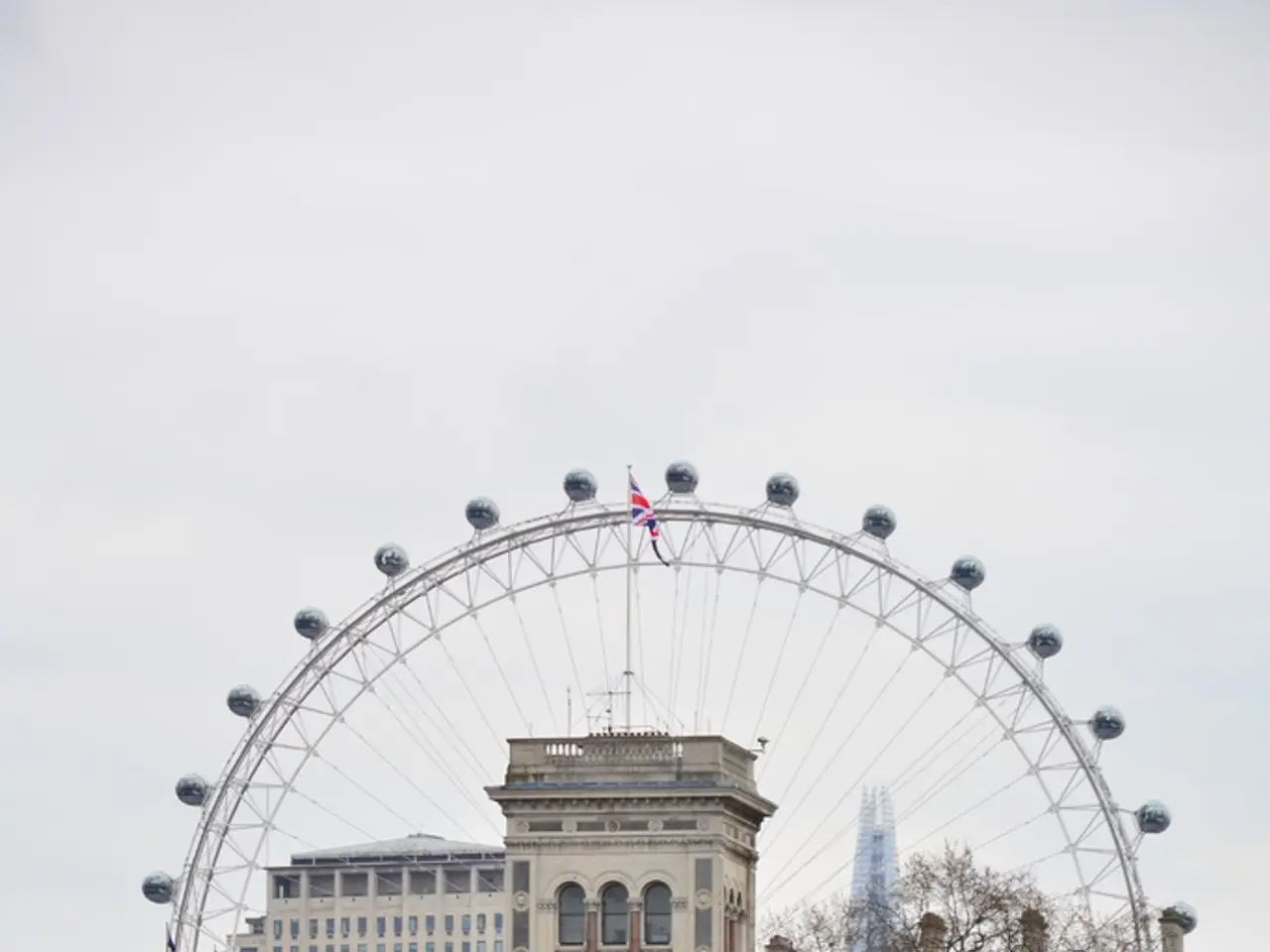Lorna Simpson's display at the Metropolitan Museum evokes emotionally-charged communications from the depths of the subconscious mind.
Lorna Simpson's latest exhibition, "Lorna Simpson: Source Notes" at the Metropolitan Museum, offers a captivating exploration of her painting practice over the past decade. Known for her conceptual explorations of race, gender, identity, and the construction of meaning, Simpson's mature painting work bridges figuration and abstraction, often drawing on images from vintage Ebony and Jet magazines.
Themes of Existential Dread and Surrealism
Simpson's work is marked by a sense of existential dread that emerges through her layering of historical, archival, and invented imagery. This layering often results in compositions that feel both familiar and eerily displaced, creating an atmosphere that is at once intimate and disorienting. The fragmentation of figures, the blurring of identity, and the haunting juxtaposition of objects and bodies evoke a sense of unease, questioning the fixity of self and the stability of history.
Simpson's surrealist sensibility is evident in how she manipulates her source material, often abstracting figures, elongating limbs, or obscuring faces. This manipulation disrupts conventional narratives and invites psychological interpretation. The transformation of magazine photographs into dreamlike, painterly scenes implies a world both real and imagined, inviting viewers to consider the subconscious dimensions of racial and gendered experience.
Racial Dimensions and Symbolism
The racial dimensions of Simpson's work are embedded in her choice of archival images, particularly from Ebony and Jet, which historically documented Black American life in ways both celebratory and constrained by the dominant culture. By reworking these images—sometimes isolating figures, sometimes merging them with abstract forms—Simpson questions how Black identity has been constructed, commodified, and constrained in visual culture.
Symbolically, Simpson's use of fragmented bodies, ambiguous gestures, and muted, atmospheric colour palettes contributes to a mood of existential unease. This unease suggests not just personal anxiety but the collective dread that accompanies the historical and ongoing struggles of African Americans. The recurring motifs of obscured or transformed faces, for instance, can be seen as a metaphor for the erasure or distortion of Black identity in the public imagination, while her fusion of the figurative and abstract suggests both resilience and the persistence of unresolved historical tensions.
Notable Pieces in the Exhibition
Some of the most intriguing pieces in the exhibition include "Ghost Note" (2021), a painting featuring a Black child's head rising above a horizon line, and "Three Figures" (2014), a 12-panel work adapted from a 1963 photo of a violent civil rights protest. In "Three Figures," Simpson brings the viewer into the mayhem of the depicted protest, roiling the background with paint and focusing on three demonstrators who hold hands in solidarity.
Another standout piece is "Ghost Note," which depicts a roiling sky and choppy ocean, and a dagger with a smiling woman's image on the blade. The painting does not freely hand over its meaning; it doles out hints of menace and allows viewers to fill in their own links and associations.
At the entrance, there is a figure swathed in cheetah skin with a whiskered feline face, a nod to Simpson's earlier work that seems to have merged with its cheetah companion. The photographic portraits of Simpson's earlier work feature faces turning away and silhouettes blurring, with cryptic texts alluding to stereotype and collective memory.
Departure from Conceptualist Photographs
"True Value" and "Nightmare?" (2015) mark a departure from Simpson's conceptualist photographs. The figures in "True Value" are fluid and almost vaporous, while the most solid aspect of the figures in "Nightmare?" is the shadows they cast. These paintings illustrate Simpson's preoccupation with reference and her ability to create evocative compositions that invite psychological interpretation.
The Legacy of Simpson's Work
Simpson's work is a testament to the enduring power of image-making to both reveal and confront the complexities of identity. Her artistic style—marked by a blend of figuration and abstraction, archival appropriation, and surrealist distortion—serves as a vehicle for exploring existential dread, the fluidity of self, and the racialized dimensions of American life. Through her subtle symbolism and evocative compositions, Simpson invites viewers to grapple with the uncomfortable, the unresolved, and the surreal, making her work a vital contribution to contemporary art’s engagement with history, memory, and the construction of meaning.
[1] Metropolitan Museum of Art. (2022). Lorna Simpson: Source Notes. [Exhibition Catalogue]. New York: Metropolitan Museum of Art.
[2] Simpson, L. (2019). Lorna Simpson: Neon Trees. [Exhibition Catalogue]. New York: The Studio Museum in Harlem.
[3] Simpson, L. (2019). Lorna Simpson: Neon Trees. [Exhibition Catalogue]. New York: The Studio Museum in Harlem.
- Lorna Simpson's latest exhibition at the Metropolitan Museum, "Lorna Simpson: Source Notes," not only showcases her aptitude for bridging figuration and abstraction, but also her ability to infuse those compositions with a palpable feeling of existential dread and surrealism.
- Simpson's manipulation of historical images, particularly from Ebony and Jet magazines, in her work serves as a poignant exploration of the racial dimensions of identity, further underscoring the existential unease that permeates her oeuvre.







